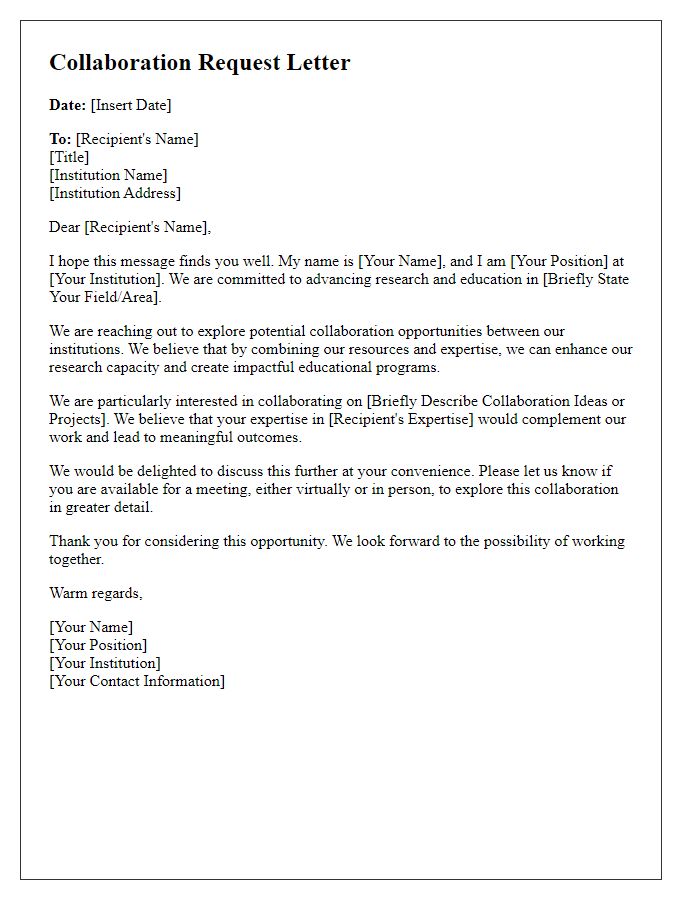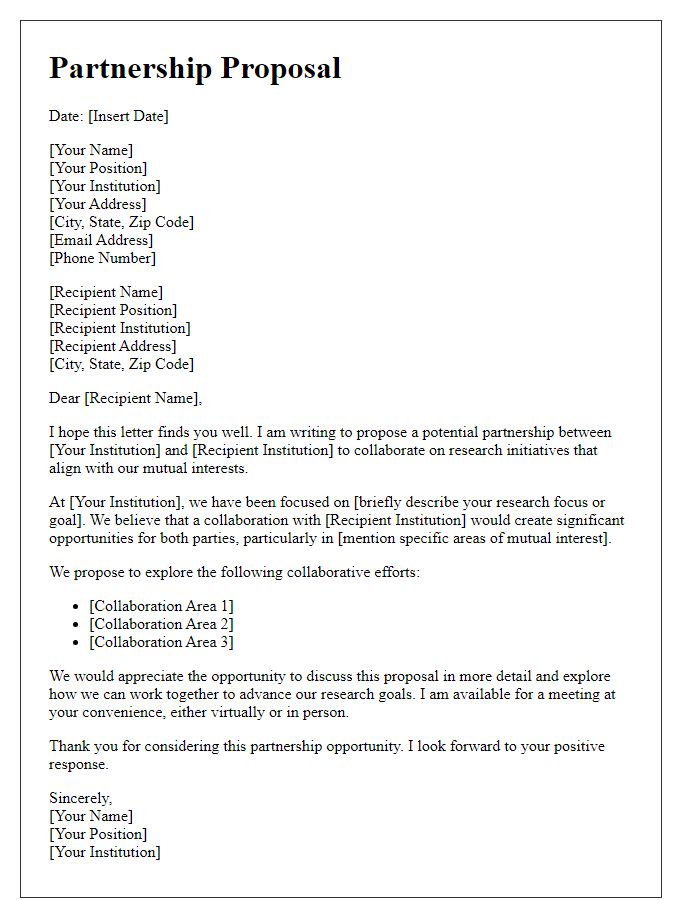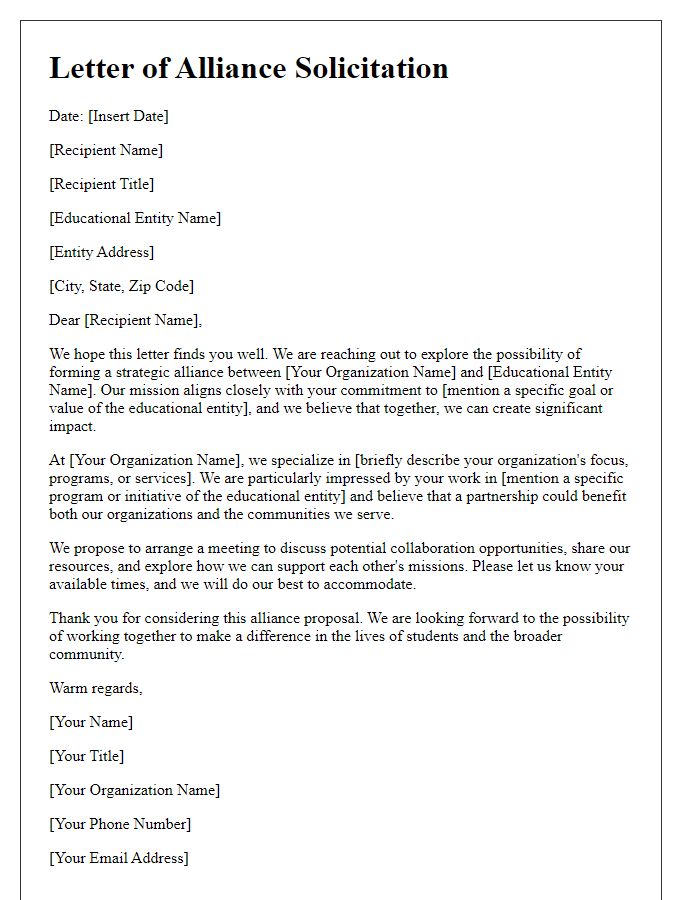Are you looking to establish a meaningful partnership that drives mutual growth and innovation? A well-crafted letter proposal can be your key to opening doors with institutions eager for collaboration. In this guide, we'll explore how to articulate your vision, align goals, and present a compelling case for partnership. Join us as we delve into the essential components of a successful institutional partnership proposal, and discover how to effectively communicate your ideas.

Organization Overview
The organization, established in 2010, operates as a non-profit entity focused on fostering educational initiatives in underserved communities across the United States, with a primary location in Chicago, Illinois. Over the past decade, the organization has impacted over 10,000 students through various programs, including after-school tutoring, mentorship initiatives, and summer learning camps. Key partnerships with local schools and community centers have enhanced outreach and engagement. The organization's mission emphasizes the importance of equitable access to quality education, addressing systemic inequalities faced by low-income families. Annually, it allocates approximately $500,000 towards educational resources and support services, promoting skill development and academic achievement.
Partnership Goals and Objectives
An institutional partnership proposal focuses on collaborative engagement aimed at achieving mutually beneficial goals and objectives. Key elements often include enhancing educational programs, increasing research capabilities, and fostering community outreach initiatives. Specific targets might include launching joint degree programs, developing innovative research projects addressing local and global challenges, and organizing community service events to promote civic engagement. Establishing performance metrics--such as student enrollment numbers, research funding amounts (potentially exceeding $1 million), and participation rates in community initiatives--can help measure success. Identifying stakeholder roles, resources allocated, and timelines are essential for ensuring project sustainability and achieving long-term impact on both institutions involved.
Value Proposition and Benefits
An institutional partnership proposal highlights the mutual benefits of collaboration between organizations, which can enhance resource sharing and innovation. The potential for synergy in education, research, and community engagement can create impactful programs that benefit both institutions. For instance, a partnership between a university and a local government can leverage academic expertise to address community challenges, leading to improved public services and informed policies. Additionally, joint ventures can provide access to funding opportunities, such as grants from governmental agencies and private foundations focused on innovation and development. The collaboration can also expand networking opportunities for students and faculty, fostering internships, mentorships, and exposure to real-world challenges while reinforcing the institution's commitment to social responsibility and community impact. Ultimately, such partnerships are instrumental in advancing knowledge, enhancing educational experiences, and strengthening institutional reputations.
Collaboration Scope and Activities
A proposal for institutional partnership often includes several key activities aimed at enhancing collaboration and achieving common goals. Key activities could involve joint research projects, enabling innovation by combining resources and expertise, and co-hosting workshops or conferences in esteemed locations such as universities or research institutions. Collaborative programs might include exchange initiatives, allowing staff and students to experience diverse educational settings, such as those in the United States or Europe. Engaging in community outreach programs in partnership with local organizations can further strengthen ties, addressing social issues collaboratively. Regular evaluation meetings, held quarterly, can ensure both parties assess progress and adapt strategies effectively, fostering a sustainable partnership for long-term success.
Terms and Conditions
Institutional partnerships, such as collaborations between universities and research institutions, often involve detailed terms and conditions to ensure mutual benefits. These conditions typically define expectations regarding intellectual property ownership, data sharing agreements, financial contributions, and performance evaluation metrics. For instance, a partnership between Stanford University and a biotech startup may stipulate that any patented discoveries must be co-owned, with revenue sharing models outlined. Furthermore, confidentiality clauses protect sensitive information exchanged during collaborative research efforts, especially related to innovative technologies or proprietary methods. Clear timelines for project milestones, reporting requirements, and dispute resolution mechanisms are crucial to maintaining effective communication and accountability throughout the partnership.
Letter Template For Institutional Partnership Proposal Samples
Letter template of cooperative agreement request for training organizations













Comments